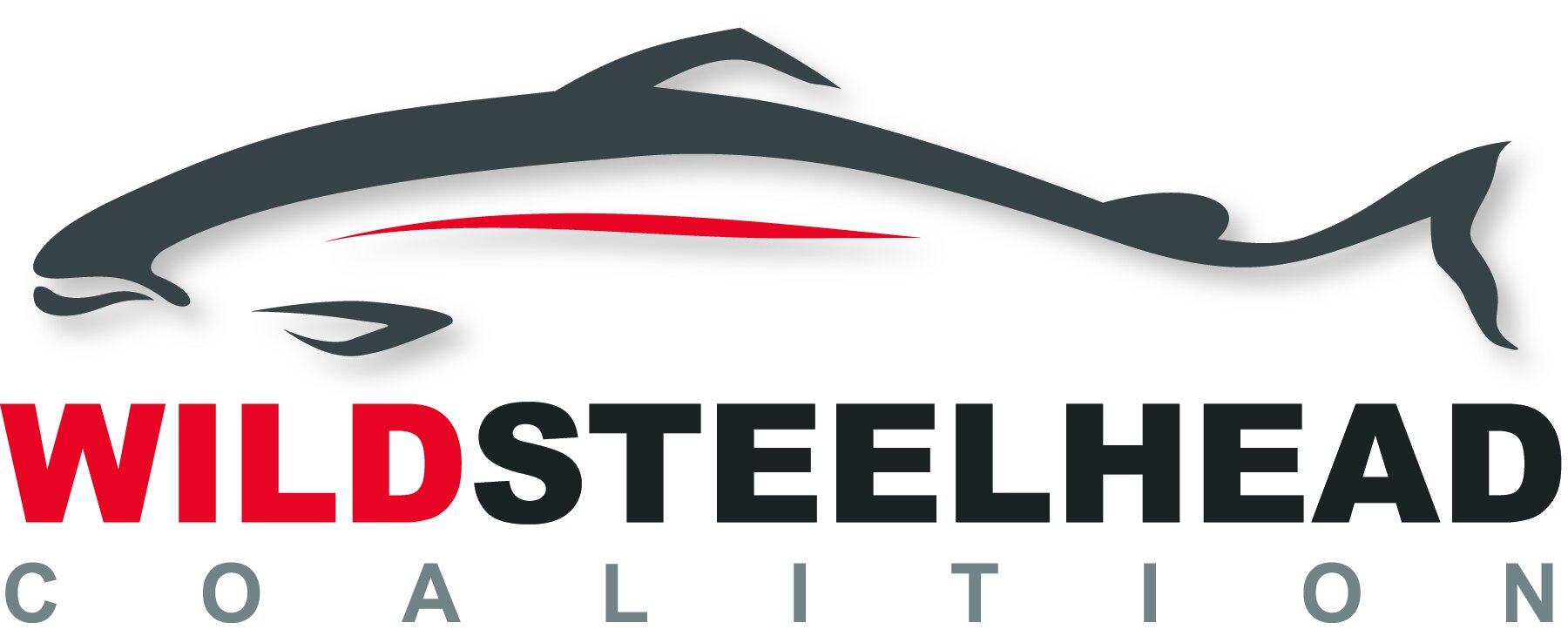Puget Sound Steelhead Recovery
It is hard to imagine today, but Puget Sound was once the mecca of the steelhead fishing world. At the turn of the 20th Century, it is estimated that 929,700 wild steelhead returned to the waters of Puget Sound every year. The wild steelhead numbers are nothing short of staggering – 169,0000 in the Nooksack, 149,000 in the Skagit, 100,000 in the Stillaguamish, and 224,000 in the Snohomish. Today, the total for the entire Puget Sound wild steelhead run is estimated at less than 14,000 wild fish per year, roughly 1.5 percent of what the run was 120 years ago.
Between 1990 and the 2007 Endangered Species Act listing, 49 legendary rivers and streams in Puget Sound closed to wild steelhead fishing. These closures played a catalytic role in the creation of the Wild Steelhead Coalition in 2001 and restoring wild steelhead to these iconic waters has been a focus of the organization ever since.
From advocating to designating rivers like the Skagit, Nisqually, and Elwha as wild steelhead gene banks, to restoring habitat, to fighting for more conservation-minded fisheries management, our work in Puget Sound has taken on many shapes and sizes. However, for the last three years, much of our organizational focus in Puget Sound has been the Puget Sound Steelhead Advisory Group (PSSAG), an WDFW-sanctioned advisory group of anglers and conservationists tasked with creating a broadly supported and durable vision for Puget Sound steelhead populations and fisheries.
Over the course of three years, WSC board members serving on PSSAG worked with the group to address the root causes of previous conflicts and provide high-quality recommendations for improved management of Puget Sound steelhead. Recently, PSSAG released their report “Quicksilver: Restoring Puget Sound Steelhead & Fisheries”, which includes a portfolio of recommendations that provide a new strategic framework to both recover Puget Sound’s dangerously low populations of wild steelhead and also establish guidelines for sustainable angling opportunities where they are possible.
As anyone who has spent time following Washington fisheries policy knows, this dual mandate is a high-wire balancing act between science, politics, tradition, and industry. However, there is great urgency to this work as Puget Sound wild steelhead continue to trend extinction, with many runs in many river systems hovering near extinction tipping points.
After decades of failed attempts to protect wild steelhead, our generation simply must make the effort, sacrifices and difficult decisions needed to restore these populations and the watersheds they depend upon to thrive. There is no time left, and we cannot allow wild Puget Sound steelhead to finally slip away on our watch.
We believe the PSSAG Quicksilver recommendations, which are now being reviewed by state resource managers and tribal co-managers, represent the most realistic opportunity for steelhead recovery in Puget Sound. You can learn more about the Quicksilver report and our thoughts on how PSSAG’s recommendations could best be implemented in the coming years here. And you can also learn about the past, present, and future of Puget Sound in our Steelhead Country campaign.





